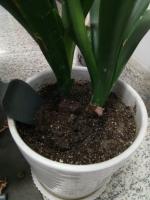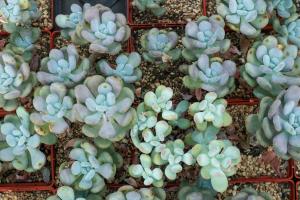When is the Best Time to Plant Hydrangea Trees?
Hydrangeas are popular ornamental plants that add beauty and color to any garden. But when is the best time to plant hydrangea trees? The answer depends on several factors, including the species of hydrangea, the climate of your region, and your personal preference. In this article, we'll discuss the best time to plant hydrangea trees and provide some tips for successful planting and care.
Factors to Consider
Before planting hydrangea trees, it's important to consider the following factors:
Species: There are several species of hydrangea, each with its own unique characteristics and requirements. Some species, such as the panicled hydrangea (Hydrangea paniculata), can thrive in a wide range of climates and soil types, while others, such as the oakleaf hydrangea (Hydrangea quercifolia), are more finicky.
Climate: Hydrangeas are native to Asia and the Americas, and their requirements can vary depending on the climate of your region. For example, some species prefer cooler temperatures and higher humidity, while others can tolerate heat and drought.
Soil: Hydrangeas prefer moist, well-draining soil that is rich in organic matter. If your soil is clay or sand-based, you may need to amend it before planting.
Space: Hydrangea trees can grow up to 10 feet tall and 10 feet wide, so you'll need to make sure you have enough space in your garden for them to thrive.
The Best Time to Plant Hydrangea Trees
The best time to plant hydrangea trees depends on the species of hydrangea and the climate of your region. As a general rule, however, the best time to plant hydrangea trees is in the fall or spring.
Fall planting allows the roots of the hydrangea to become established before the onset of winter. This gives the tree a head start in the spring and can lead to healthier growth and more abundant blooms.
Spring planting is also a good option for areas with mild winters. In this case, the hydrangea will have the entire growing season to become established before the winter months arrive. Just be sure to plant early enough in the spring to allow the hydrangea time to develop before the hot summer months.
Tips for Successful Hydrangea Tree Planting and Care
Here are some tips for successful hydrangea tree planting and care:
Choose the right species: Consider the factors we discussed earlier (species, climate, soil, and space) to choose the right hydrangea for your garden.
Prepare the soil: Hydrangeas prefer moist, well-draining soil that is rich in organic matter. Amend your soil if necessary before planting.
Plant at the right depth: Plant your hydrangea tree at the same depth it was planted in the nursery. This will help prevent stem rot and other diseases.
Water regularly: Hydrangeas require consistent moisture to thrive. Water deeply once or twice per week, depending on your climate and soil conditions.
Fertilize appropriately: Use a balanced fertilizer specially formulated for hydrangeas, and apply it according to the manufacturer's instructions.
Prune as needed: Prune your hydrangea tree in the late winter or early spring to remove dead, damaged, or diseased wood. You can also remove old stems to stimulate new growth and promote abundant blooms.
Conclusion
Hydrangea trees are a beautiful and rewarding addition to any garden, but their success depends on careful consideration of the species, climate, soil, and growing conditions. By planting at the right time and following proper care and maintenance techniques, you can enjoy the beauty of hydrangea trees for many years to come.

 how many times do yo...
how many times do yo... how many planted tre...
how many planted tre... how many pine trees ...
how many pine trees ... how many pecan trees...
how many pecan trees... how many plants comp...
how many plants comp... how many plants can ...
how many plants can ... how many plants and ...
how many plants and ... how many pepper plan...
how many pepper plan...































